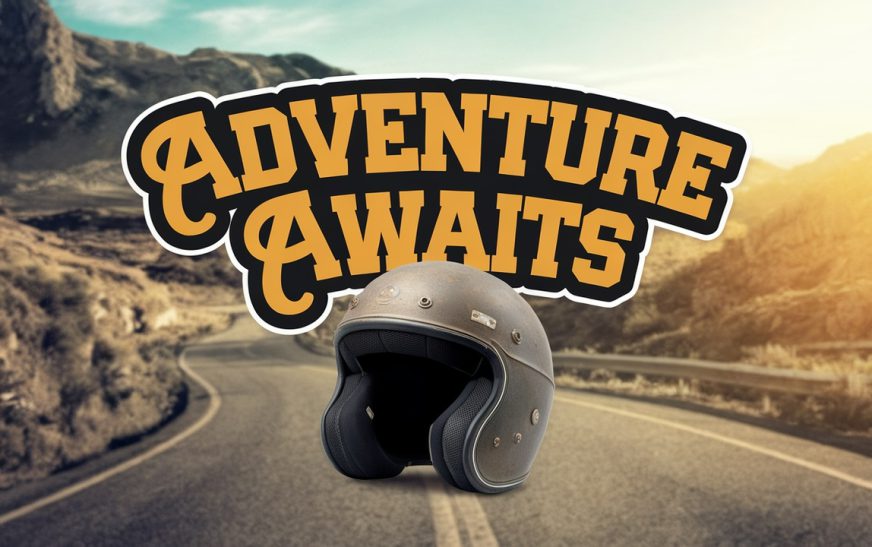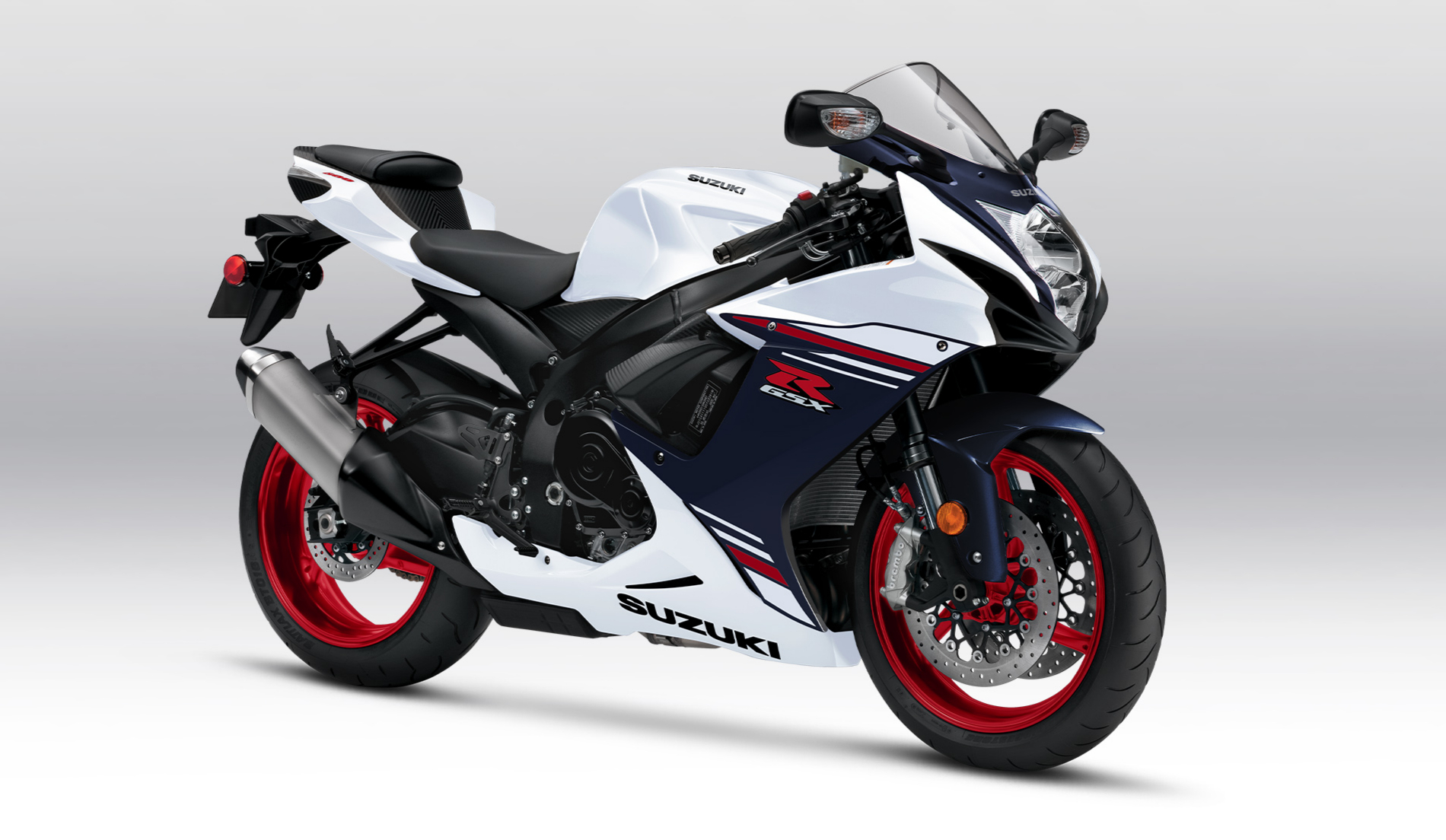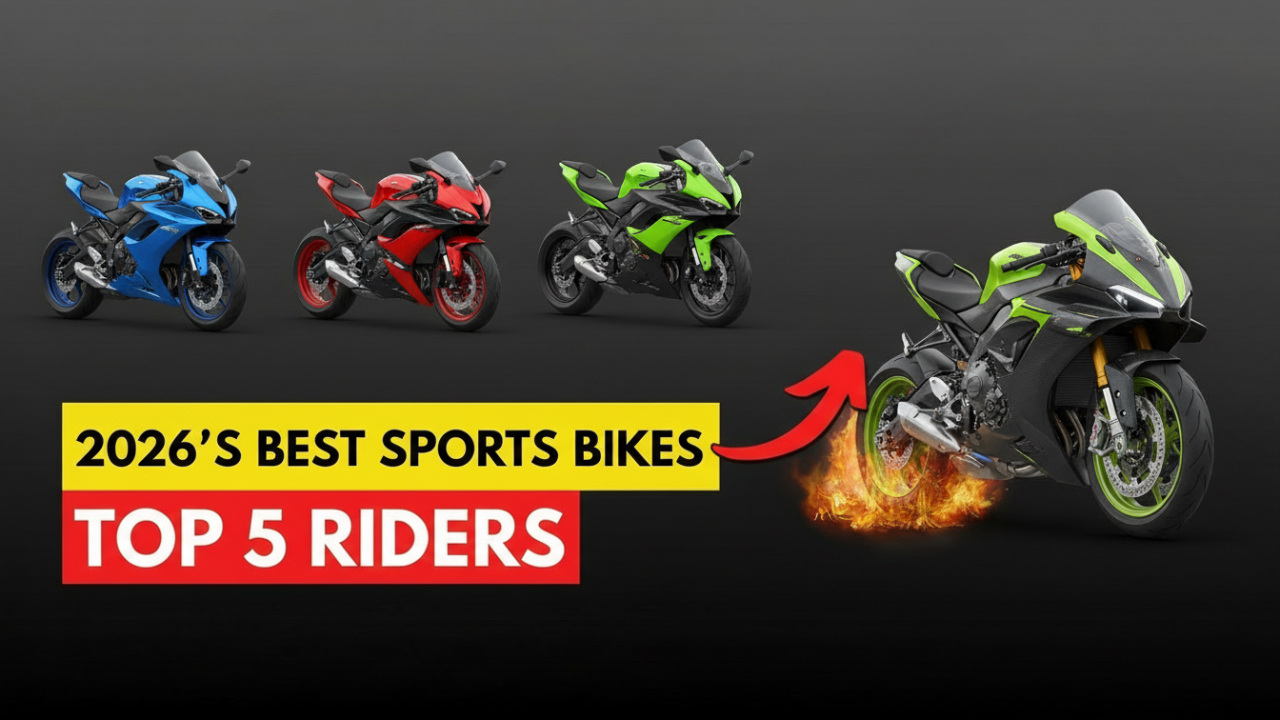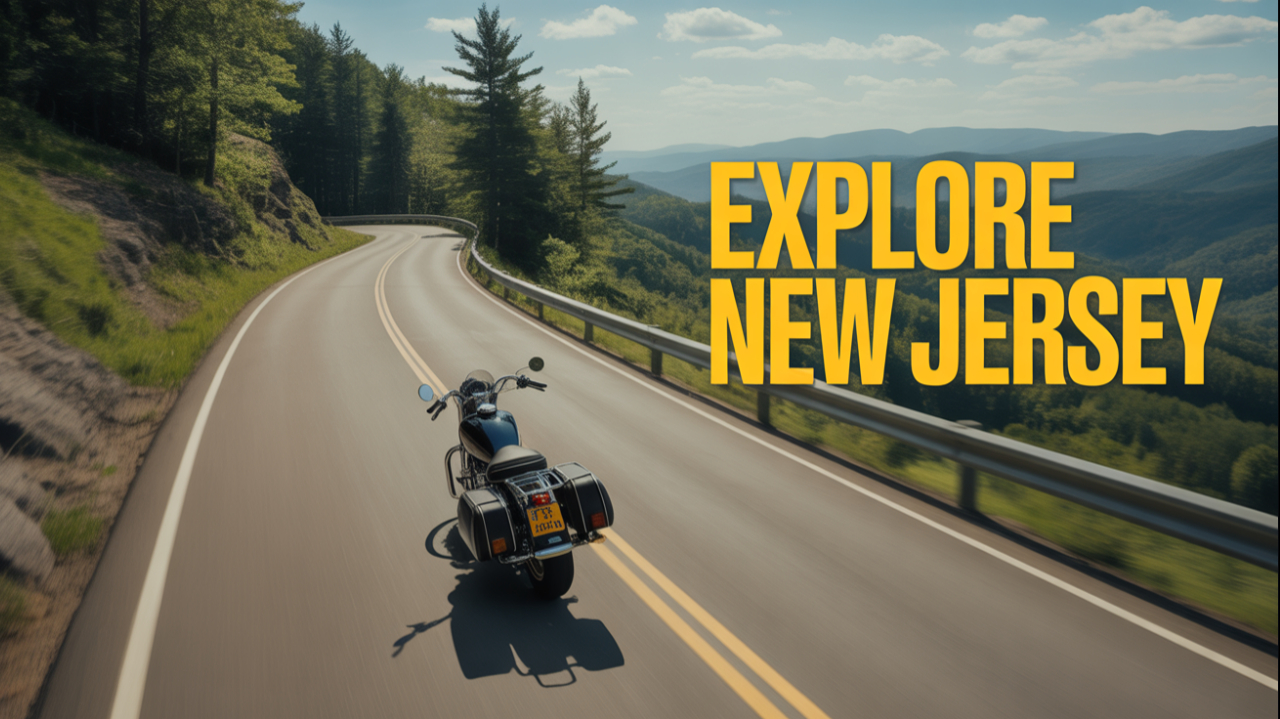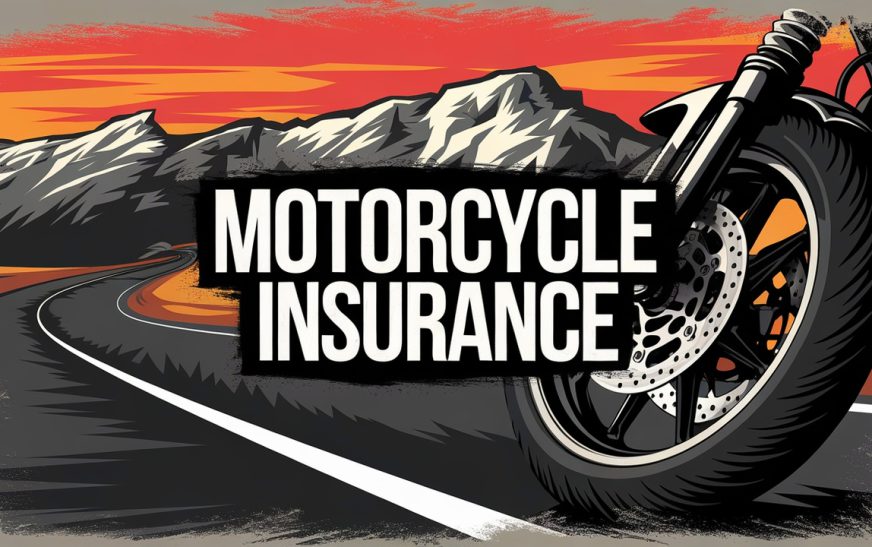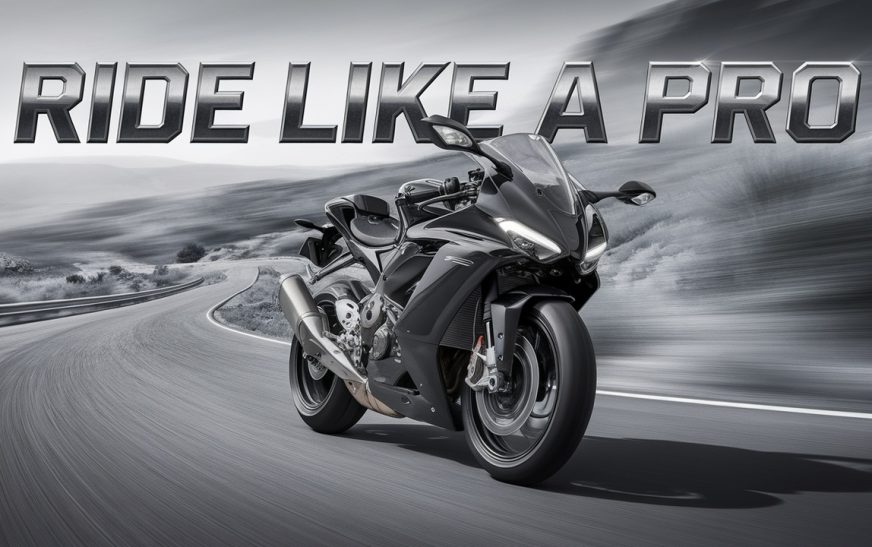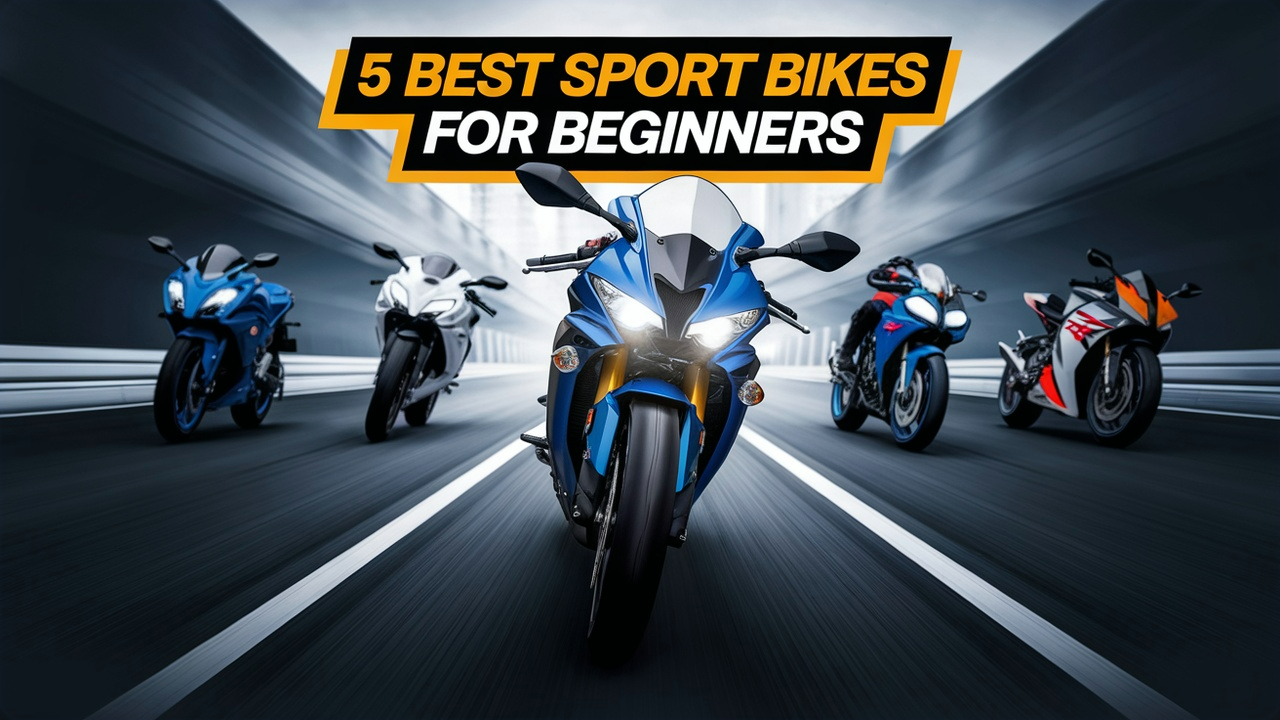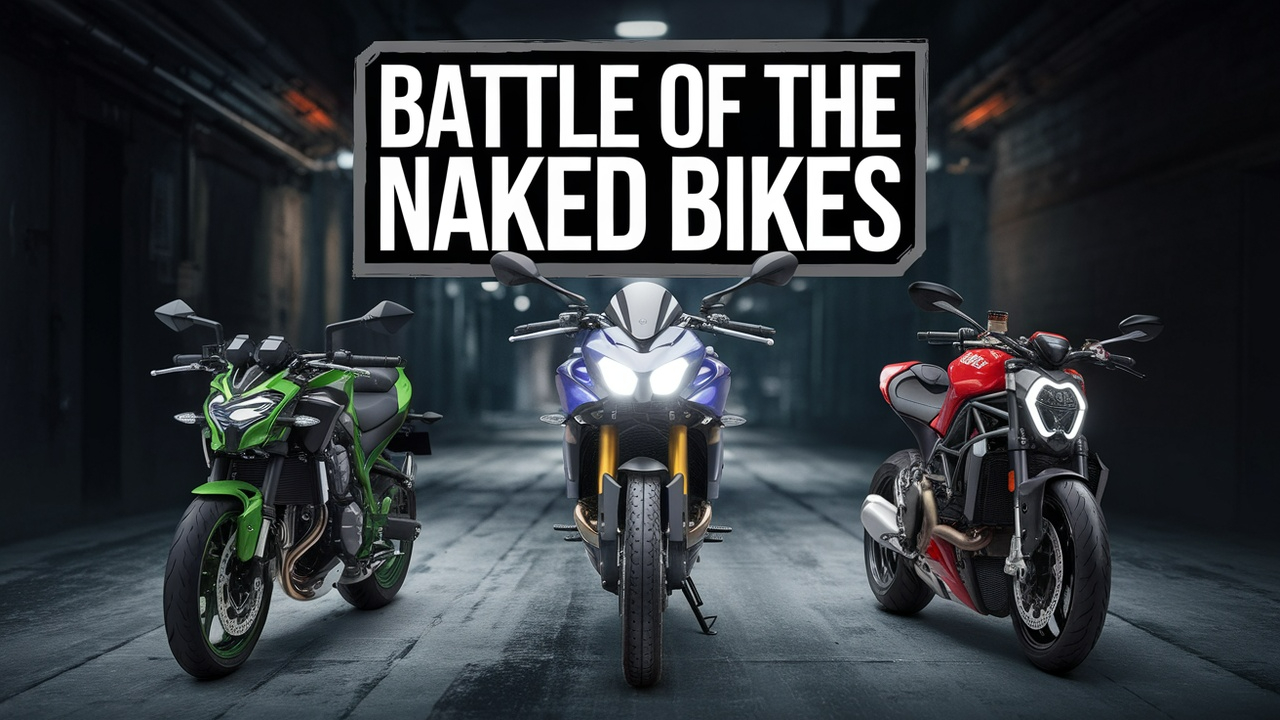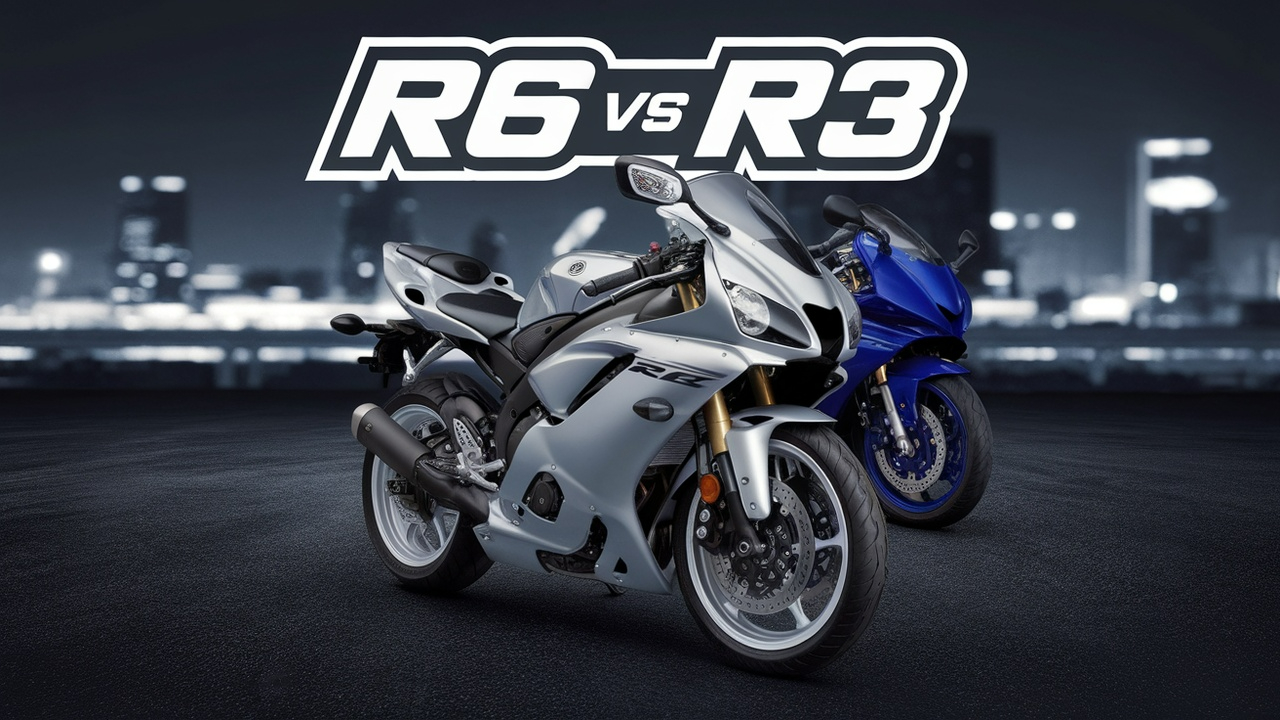Adventure
Taking your adventure bike off-road is an exciting way to explore the outdoors, but it demands proper preparation, skill, and the right equipment to ensure both safety and fun. Whether you’re gearing up for tough trails, dirt paths, or remote mountain routes, here’s how to get ready for a successful off-road journey.
1. Choose the Right Motorcycle for Off-Road Riding
The first step in preparing for an off-road adventure is selecting the right bike. Not all motorcycles are made for off-road riding. Look for a bike designed for adventure or dual-sport riding, which can handle both on-road and off-road conditions. Key factors to consider:
- Engine size: A smaller engine (250cc to 500cc) is usually easier to handle for beginners, while larger engines (600cc and above) provide more power for experienced riders.
- Suspension: A good off-road motorcycle will have long suspension travel to absorb bumps and rough terrain.
- Tires: Look for knobby tires designed for traction on dirt, mud, and gravel.
- Weight: Lighter bikes are easier to handle in tough terrain.
2. Essential Riding Gear
Proper gear is crucial for your safety and comfort. Ensure you have the following:
- Helmet: A full-face helmet is recommended for off-road riding, as it offers the most protection. Make sure it’s lightweight and has proper ventilation.
- Protective Clothing: Wear a durable, abrasion-resistant jacket, pants, and gloves. Off-road specific gear, such as motocross jerseys and pants, are designed to withstand dirt and impacts.
- Body Armor: Consider wearing a chest protector or body armor to protect your torso from falls, rocks, and branches.
- Boots: Choose tall, sturdy boots with strong ankle protection to avoid injuries from rocks and rough terrain.
- Goggles: Protect your eyes from dust, debris, and the sun with high-quality goggles.
3. Know Your Terrain
Before you hit the trails, research the type of terrain you will be riding on. Each type of off-road riding presents different challenges:
- Dirt trails: These can range from smooth, packed paths to rocky and bumpy surfaces.
- Sand dunes: Riding in sand requires different skills, as sand can slow you down and make handling tricky.
- Mud and water crossings: Muddy trails can make traction difficult, while water crossings require careful technique to avoid stalling your engine.
- Rocky terrain: Riding through rocks can be very challenging and may require more advanced skills.
4. Practice Your Riding Skills
Off-road riding is a different skill set compared to street riding. If you’re new to it, practice in a controlled environment, such as a dirt parking lot or a beginner trail. Focus on:
- Braking techniques: In off-road riding, you’ll need to learn how to brake on loose surfaces, such as gravel or dirt.
- Body positioning: Off-road riding often requires you to shift your weight and body position to help control the bike. Practice standing on the pegs while riding to improve balance and control.
- Clutch control: You’ll need to get comfortable using the clutch more frequently for smoother throttle control on uneven surfaces.
- Cornering and maneuvering: Off-road riding requires quick reflexes for handling sharp turns, obstacles, and jumps.
5. Pack the Right Equipment
When heading off-road, you need to pack smart. Your bike might not have much storage space, so consider a small, lightweight gear setup. Key items to bring include:
- Tool kit: For basic repairs on the trail, such as fixing a flat tire or tightening loose bolts.
- Tire repair kit: Including a puncture repair kit and air pump.
- Water and food: Carry enough water to stay hydrated and snacks for energy.
- First aid kit: In case of minor injuries, such as scrapes or cuts.
- Navigation tools: GPS, map, or compass to ensure you don’t get lost in unfamiliar terrain.
- Riding buddy: It’s safer to ride with a partner, especially in remote areas. Always let someone know your planned route and estimated return time.
6. Understand Maintenance and Pre-Ride Checks
Off-road riding puts a lot of strain on your bike, so performing regular maintenance is crucial. Before each ride, perform a pre-ride check:
- Tires: Ensure your tires have the right pressure and are free of any damage.
- Chain and sprockets: Check for proper tension and lubrication.
- Oil and coolant: Make sure the engine has adequate oil and coolant levels for long rides.
- Brake pads: Verify that your brake pads are in good condition and responsive.
- Suspension: Make sure the suspension is set correctly for the terrain you’ll be riding on.
7. Know Your Limits
Off-road riding can be intense, and it’s important to recognize your abilities. Start with easier trails and gradually progress to more difficult terrain. Don’t push yourself too hard, and always ride within your skill level. Off-road riding can be physically demanding, so don’t forget to take breaks and stay alert.
8. Plan for Emergencies
Be prepared for the unexpected. Off-road trails can be isolated, and accidents can happen. Have an emergency plan in place:
- Know where you are: Keep a GPS tracker or map on hand and ensure your phone has reception, or carry a satellite phone if needed.
- Ride with a buddy: It’s safer to go with a partner, especially if you’re new to off-road riding.
- Emergency numbers: Know the nearest hospital or emergency contact numbers for the area you’re riding in.
Conclusion
Off-road motorcycle adventures are an incredible way to experience the outdoors, but they require preparation, skill, and the right mindset. By selecting the right bike, wearing the proper gear, and practicing essential riding techniques, you’ll be well-equipped for your off-road journey. Don’t forget to maintain your bike, pack smart, and always ride safely. The world of adventure motorcycling is waiting for you—get ready to hit the trails!
Interested in learning about motorcycle safety?

